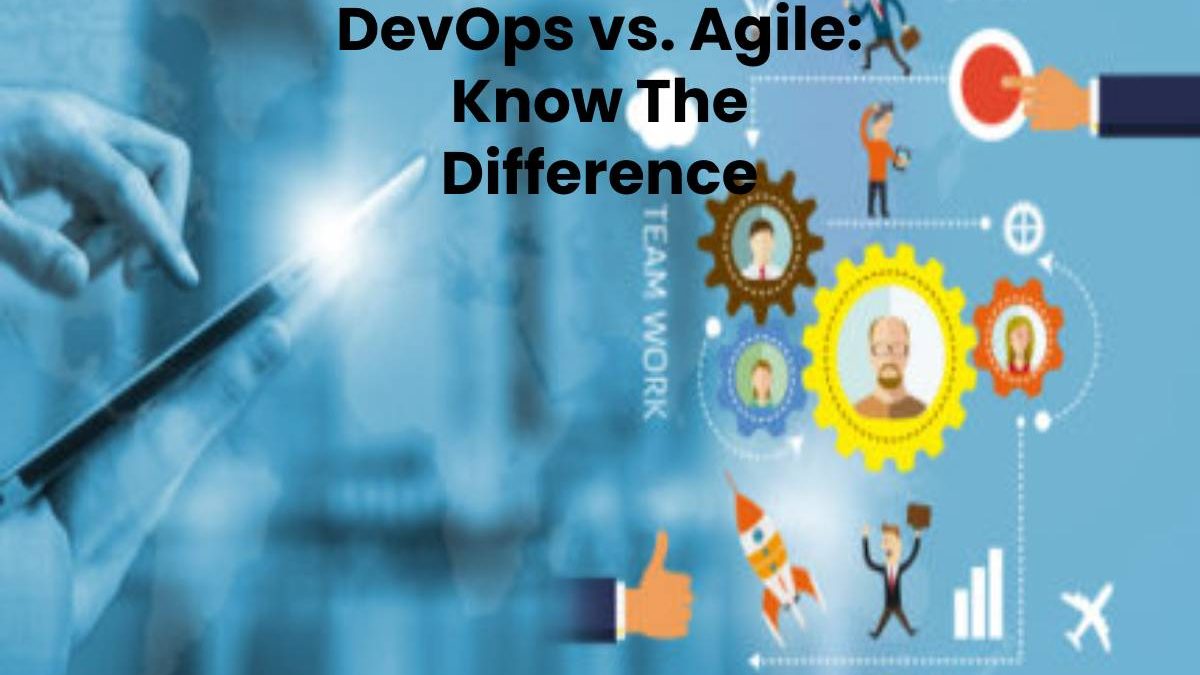DevOps vs. Agile: Know The Difference
The DevOps and Agile frameworks are two of the most popular methods to introduce efficiency and effectiveness into an organization. Unfortunately, an unfortunate side effect of their rampant popularity is the frequency with which the two are mistaken for one another. While they both propel internal optimization and better output production, the two are very different.
To truly understand the difference between the two, hiring certified professionals with adequate working knowledge is strongly recommended. Pursuing a DevOps Foundation Certification or Agile course helps keep skills relevant and up to date. Additionally, recruiting a certified professional helps organizations understand the value of incorporating either of the frameworks and decide how to keep with it or choose a different method.
Table of Contents
What is Agile?
The agile method was introduced for software development in 2001. The Agile manifesto outlines four core values and twelve principles that offer guidance with “agile software development. Agile leadership, in essence, encourages internal flexibility. The objective is to ensure operating teams are held accountable for the success/failure of their activities and keep themselves organized and maximize finite resources. The agile method follows continuous development and aligning firmly with customer needs while maximizing customer satisfaction.
Agile methods are more of a mindset than a series of tools and techniques. The organization needs to focus on optimization and understanding where opportunities to enhance internal processes to maximize customer satisfaction lie. As most industries are constantly disrupted with new and better methods, staying flexible is critical to maintaining market relevance and encouraging customer retention.
What is DevOps?
DevOps, like Agile methods, was initially built to maximize software development. The DevOps framework brings together the development and operations teams. These teams move products from the development phase into distribution and focus on standing independently. Introducing DevOps into business situations today means higher efficiency in building, testing, and releasing to market. The fluid communication between the two teams encourages a streamlined process from conception to “ready for retail.”
The consistent integration, continuous deployment, almost automated testing process, and clarity with coding repositories (in a software development context) keeps businesses running as effectively as possible. If there are any kinks in the fabric between these two teams, the DevOps method is a sure-shot way to detect and address them.
Difference between Agile & DevOps
A core difference between the DevOps and Agile frameworks focuses on the teams used to execute commands and activities. DevOps Certification in Riyadh around bringing together two teams that are typically siloed away from each other. The agile framework focuses on bringing smaller teams together to streamline collaboration. Agile teams can accommodate customer needs as they evolve and change. DevOps teams are more focused on ensuring internal processes are fluid with consistent communication from start to finish.
Additionally, the two differ in terms of how the frameworks are managed. For example, agile methods utilize sprints reminiscent of the Scrum method. Sprints can range from weeks to months, depending on how delivery schedules are managed. On the other hand, DevOps brings attention to “hyper-releases” that can go up to multiple releases a day.
Agile and DevOps frameworks, when implemented together, offer several benefits to any implementing organization. DevOps offers a consistent and continuous deployment pipeline with powerful integration features that allow the framework to release complete products/projects frequently. Agile methods work to ensure the framework used to produce output stays flexible and is adaptable to requirements that may evolve or fluctuate while ensuring communication and collaboration are straightforward and transparent between smaller teams. When used together, these frameworks can offer faster to market implementation of technology. With the Agile focus on customer needs, the software being developed can move through production seamlessly with DevOps and offer strong value addition to customer needs.
The big drawback of implementing either framework is the requirement for a shift in cultural dynamics. With DevOps, two heavily siloed teams are required to come together. Development and operations teams may share an organization but have entirely different approaches to execution. Since they work at different ends of the production process, they may have a harder time understanding the significance the other department plays and integrating opinions and options between the two. Agile methods push organizations to reassess how their teams view the production process. Additionally, agile teams must consider the value of the end product. If organizations are too large, consisting of many small teams or team members, ensuring all teams play nice and get along can be increasingly difficult.
If one between the two must be selected for implementation, many professionals recommend implementing the Agile method. DevOps offers better internal quality and performance with quicker “to market” product innovation; however, it can get burdensome in the long run. Especially with the heavy investment required to streamline communication and mobilization between the two. Agile methods offer focussed development and heighten the need for collaboration. While it may prove difficult to implement across a larger team, it is not impossible. As this method focuses more on better internal practices, there is little focus on achieving large-scale business goals.
Implementing both DevOps and Agile together is likely to be a strong fit for any organization. In addition, the agile method often acts as a facilitator towards developing a stronger DevOps culture.
Conclusion
DevOps is a framework centered around bringing two critical components to the project life cycle to form a simple and transparent end-to-end process. The agile framework is used with smaller teams to ensure endeavors are of value to both the organization and customers. Several organizations can employ both methodologies even outside the software development scope. However, it would be in the interest of any business looking to cement firm optimization within their organization to implement both frameworks cohesively

